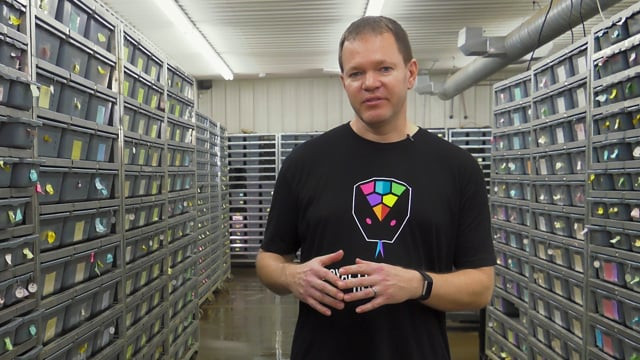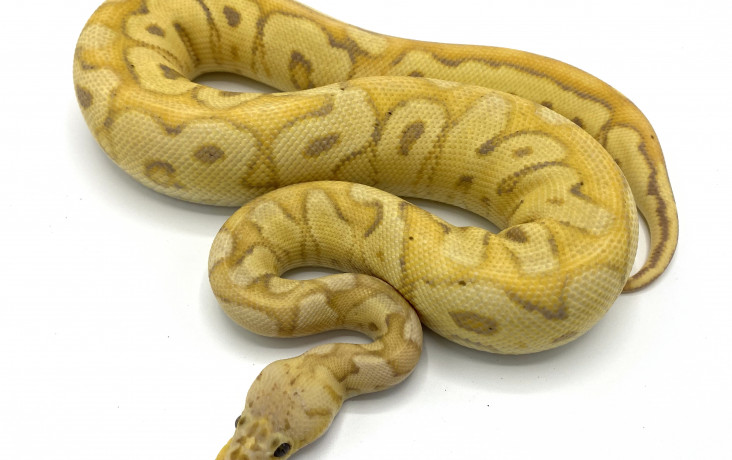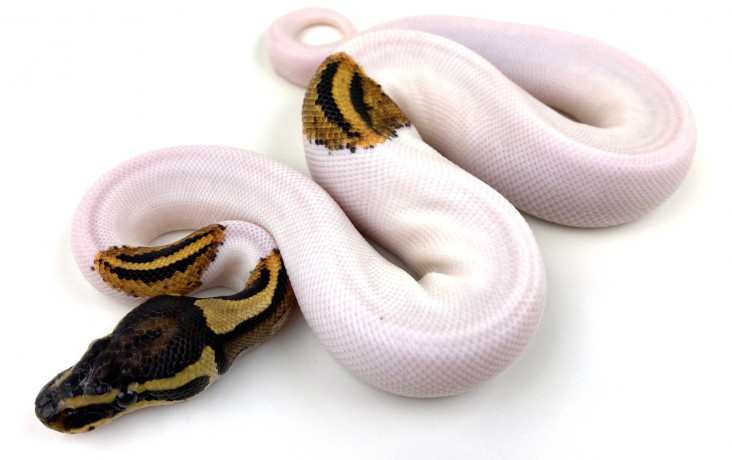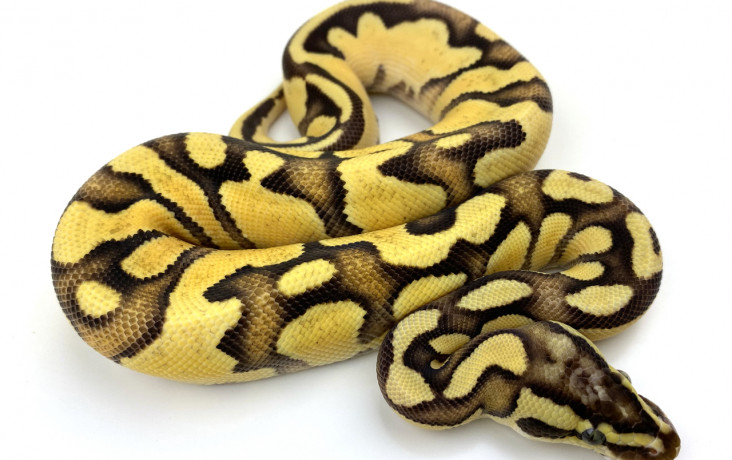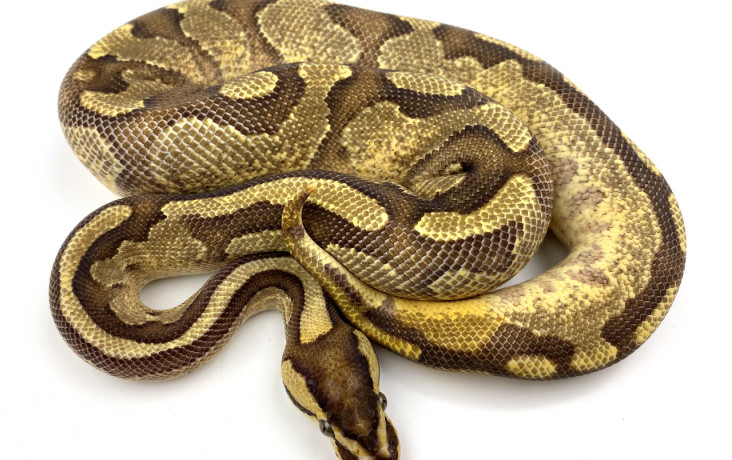Welcome To The Snake Sphere
Everything you need to know to care for your snake
You’re in the Sphere and we’re glad you’re here. Now that you’ve invested in one or more of our snakes, it’s time you invest in the care, handling and genetics of your prize possession. And once you’re fully invested, you can impart some of that knowledge on your snake-loving friends for your royal constrictor brilliance. Yes, you’re in the Sphere!
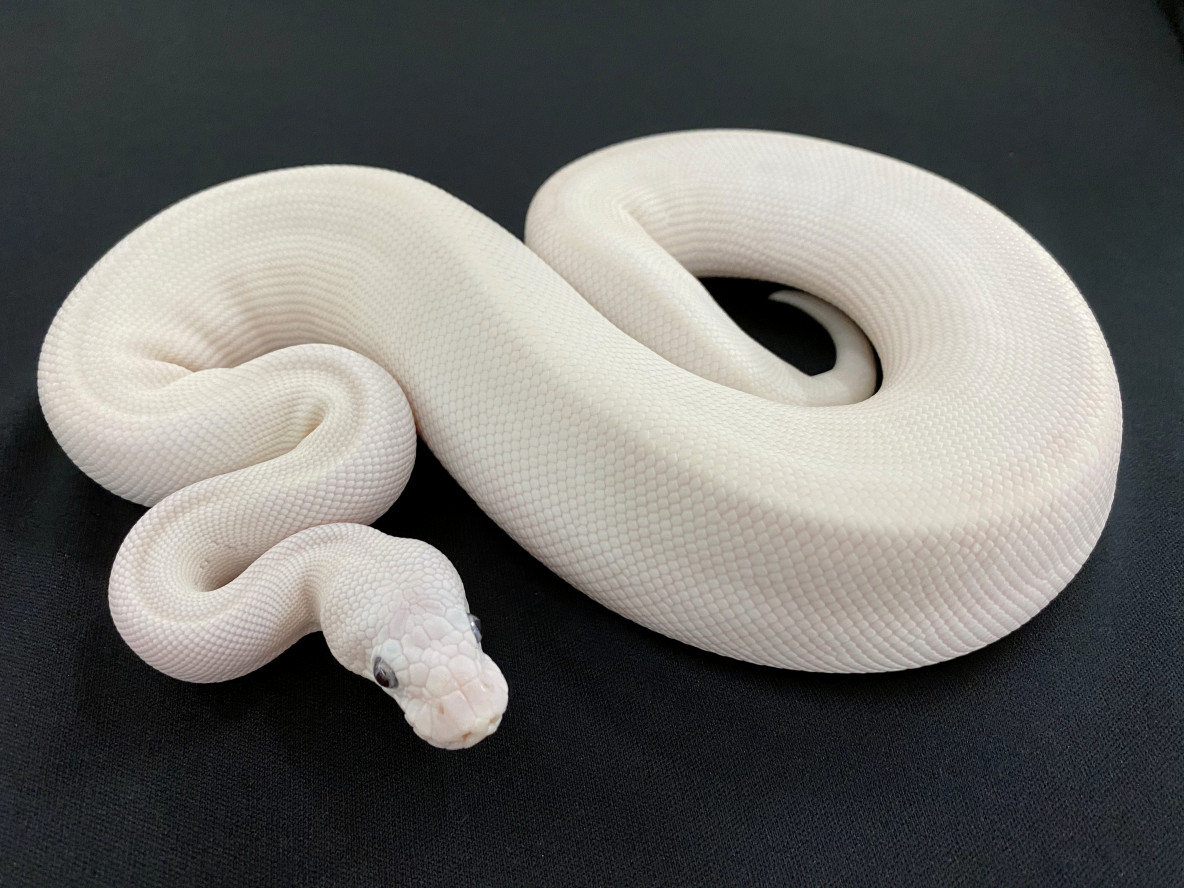
Advice to an up-and-coming ball python breeder, "Mad Scientist"
Are you a breeder, or want to become a breeder? Watch this video for advice from Garrick DeMeyer.
Snake Care and Genetics
Snake Care Instructions
Ball Pythons are one of the most popular snakes being kept and bred in captivity. There are many reasons for their popularity. First, they are very small for a python species. Most individuals only reach 3-4 feet in length as adults. They are very docile and not fast-moving like most snakes, which makes them easy to handle. They rarely strike due to aggression.
Ball Pythons are also very easy to breed and the babies are usually great feeders and easy to raise. They also live a long time. Balls will commonly live for 20-30 years, with some having lived 40 years +. Finally, ball pythons are extremely popular because they come in well over 100 different color and pattern combinations. There's a ball python out there for everyone's tastes!
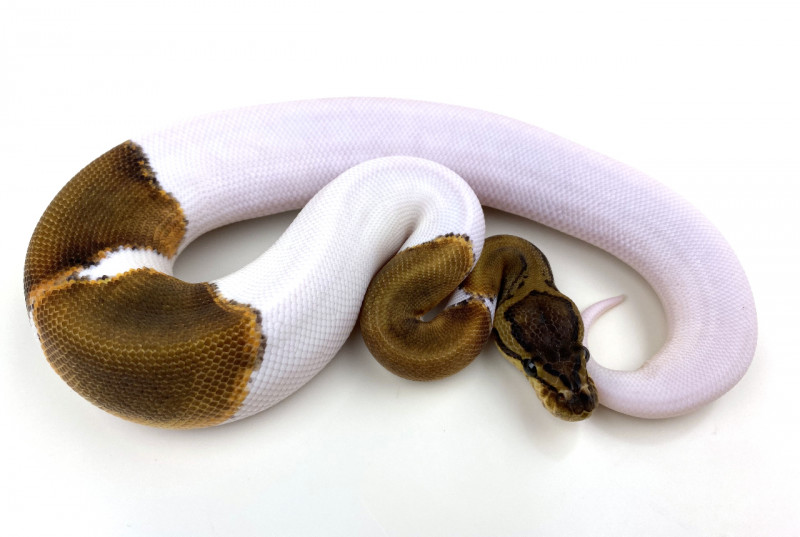
Genetics
Ball pythons are available in well over 100 color and pattern combinations. There is no animal on earth that has shown as much genetic variation as ball pythons. Some of the earlier morphs originated from wild-caught or farm-raised snakes in Africa in the 1990s. Odd-colored or patterned ball pythons were occasionally found and offered to breeders in the US.
Examples of these early morphs are albino, hypo, clown, caramel albino, axanthic, piebald, and pastel. As the demand for rare color morphs rose, more morphs were discovered and made their way into captive-breeding collections. Most of these morphs sold for tens of thousands of dollars when the first babies became available. As more of them were produced, their prices dropped. However, every year, new morphs are produced by combining some of the existing morphs and occasionally, a new morph is found in Africa and becomes established in collections.
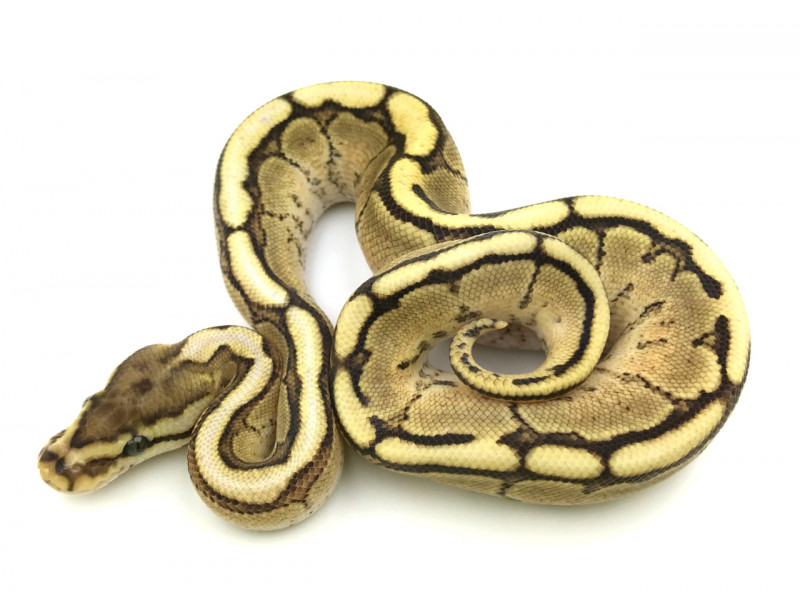
FAQ
In an effort to assist you in answering all of your questions, here is a list of commonly asked questions and answers.
How do you handle shipping?
We charge a flat rate of $60.00 for all orders regardless of where they are sent in the USA. We use FedEx and have over a 99.9% survival rate. At the time you place your order, we will advise when it will be shipped and provide you a tracking number. For more information, watch the video or refer to our Terms of Sale.
Do you ship to other countries?
Generally we do not ship on an international basis unless the order is over $10,000.00 in size. But, if you have a relationship with an existing exporter in the USA, we are more than happy to work with this 3rd party to get you your reptiles. In this scenario, we would not require a minimum order size. Please contact Garrick for exact details if you considering doing this.
Do you offer payment plans?
Yes, we do offer payment plans for all purchases over $1,000.00. A minimum of 25% is required to put animals on hold. We cannot hold any snakes without a deposit.
When a deposit and payment plan is set up, we will provide a contract that will be signed by the buyer and seller so both parties are aware of the conditions of the sale (animals purchased, purchase price, and payment plan). Once the animal(s) are paid in full, shipping arrangements will be made.
Please consider this when deciding to make a purchase. We cannot have an animal on hold with a deposit and payments made, only to have the customer decide they don't want the animal anymore and want their money back. There's no point in doing deposits or payment plans if we just have to send the money back if a customer changes their mind. The only exceptions to this are if the animal gets sick or dies while still in our care and we have no similar animal we can replace it with. It is EXTREMELY rare for this to happen. We are flexible with the duration of our payment plans. We understand that sometimes, a customer has a setback and can't pay for a purchase in the agreed-upon length of time. If it takes an extra couple of weeks, even a month to finish a payment plan, that is understandable. However, we cannot keep an animal on hold indefinitely because a customer has no means to finish paying for it.
We will be as accommodating as possible in these situations, but we do reserve the right to cancel a plan completely 14 days after the final payment was to be made. Please be sure you want to make a purchase, and will have the funds to do it, before committing to it. All deposits/payments are non-refundable.
Do you guarantee your animals to be in good health?
Yes, all of our animals are in perfect health or we will not sell them to you. We offer a seven (7) day guarantee. Our history of breeding reptiles, since 1993, is based on doing what is right for customers. I would encourage you to research my reputation as I have worked very hard at always doing what is right for my customers. Please see our Terms of Sale for complete details.
Do you have any good resources for further information?
Here are some links that may be of interest to you. We certainly encourage you to support USARK and PIJAC as they protect the rights of all pet owners:
United States Association of Reptile Keepers
How to acclimate a snake you receive from us
When you receive a new ball python, it is important to set it up in the correct environment so it can acclimate and begin feeding. Our ball pythons are raised in plastic boxes within a rack system. These boxes are usually not very big. Babies are housed in 6-quart boxes. Larger juveniles and subadults are housed in 12-20 quart boxes. These boxes are opaque so only diffused light enters them. These conditions are ideal for ball pythons. In the wild, these snakes spend most of their time in rodent burrows, rock crevices, hollow logs, etc. They feel secure when in close quarters and get stressed when they are in big, open spaces. The best way to set up a new ball python is to replicate how it was housed at the breeders. However, most people that are keeping an individual, or perhaps several ball pythons, prefer to house them in larger display cages in a naturalistic setup. That way, they can more easily observe the snake's feeding and behavior. It is not difficult to acclimate ball pythons to this kind of setup, but it does take a little patience. First, it is best to cover all 4 sides of the cage with black construction paper or cardboard. That way, the snake cannot see out into the room. It will feel more secure that way. Next, make sure there are several good hiding places. The snake will probably spend most of its time in these hiding places. Make sure there is one on the warm side of the cage and another on the cool side.
Newly acquired ball pythons normally begin feeding within the first week or two. However, the stress from shipping and being placed in an unfamiliar environment can sometimes make the snake go into a non-feeding mode. This is nothing to panic about, as long as there are no other health issues with the snake. Ideally, it’s best to get babies about 100 grams or less, to start feeding within 1-3 weeks. They don't have the fat reserves to survive as long as larger balls do. Older juveniles, subadults, and adults, can go much longer. We received a 250-gram clown ball python in January of 2003, that didn't eat its first meal for us until July 2003. He didn't lose much body weight if any, and he went on to be a fine breeder for us. Ball pythons sometimes take lots of patience! It's important not to panic when a new ball python refuses to feed. There's usually a reason they are refusing food. Making sure they have the proper environment is extremely important to get a new snake to settle in and begin normal behavior. See the sections below on feeding and housing for more information and tips.
Are the pictures shown the actual image of the snake listed for sale?
Yes, we photograph each snake that is available for purchase with its own picture(s). You can be 100% assured the snake in the photo is the one you will receive when you order it.
How do I know what a snake is eating that I am considering purchasing?
On each individual snake listing page, it indicates what the snake is currently eating:
- African Soft-Furred Rats
- Frozen/Thawed Mice
- Frozen/Thawed Rats
- Live Mice
- Live Rats

